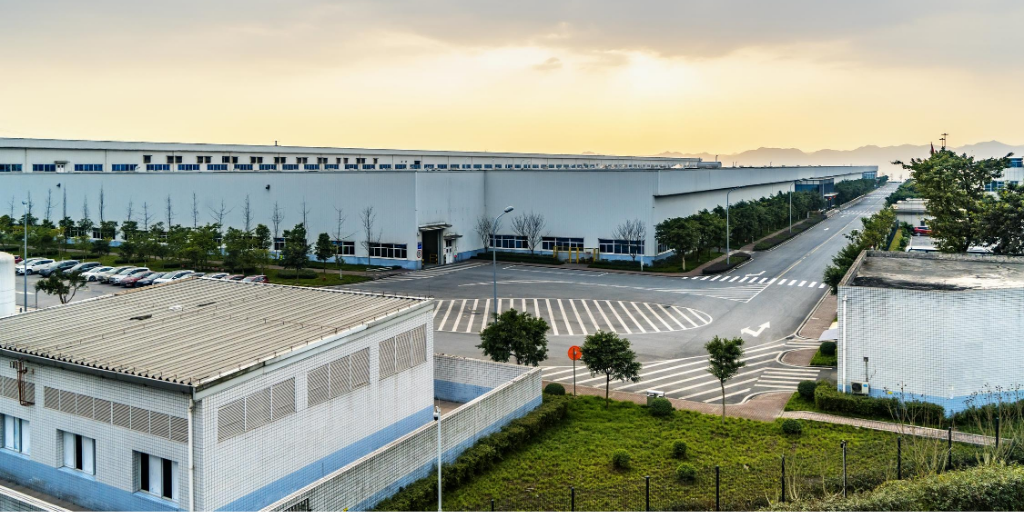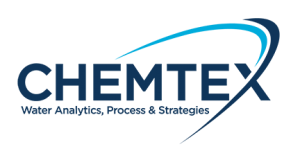
Energy Efficient Practices in Industrial/Commercial Buildings
Energy efficient practices can have a big positive impact on the bottom line at manufacturing plants. According to a U.S. Department of Energy estimate, nearly a third of the energy consumed is actually wasted.
If your plant is inefficient to the tune of 30%, wouldn’t you like to save that? There’s good news – you’ve actually got a lot of control over these expenses. Take thoughtful steps to economize on energy spending. The benefits: higher profits, reduced environmental impact, and maybe even qualifying for tax credits or other incentives.
Administrative Strategies
Build an energy management team, or enlist a single person to be the point person for energy usage issues. Perform energy audits regularly. Ask your utility whether they offer auditing services, hire a specialist, or perform audits in-house. Include nighttime audits to learn what is wasting juice after hours.
Develop a plan for improved energy usage, including metrics for specific departments as well as for the facility as a whole.

Manufacturing Activities
Consider that new equipment is almost always more efficient than older equipment. Include predicted energy usage when deciding whether to repair or replace an aging machine, and for all purchase decisions. Know any cost differential from your utility, and schedule heavy energy use to avoid high-cost peak hours.
Use a “smart” power strip for electronics: these allow you to designate which electronics should stay on, and which ones can power down when they’re not in use. Train employees to shut off equipment when it’s not being used.
Reduce your preventive maintenance intervals for replacing air handler filters, to prevent machinery from working excessively to force air through fouled filters.
If there are automatic doors accessing refrigerated storage or a cold room, reduce the close delay timing and limit frequency of access.
Ensure that the sleep settings are correctly set on all office equipment such as printers and fax machines.


Plant Operations – HVAC
Monitor your HVAC costs so you know when costs justify investing in an upgrade. Use a programmable thermostat. Maintain the HVAC so it can work at its greatest efficiency. Install insulation. Keep areas in front of vents clear of boxes, furniture, etc. Blocked vents demand as much as 25 percent more energy.
Is cooling a big expense? Consider shading windows and walls with vegetation, filters or blinds. Also consider using natural ventilation to cool your work spaces.
Plant Operations – Lighting
Employ automated lighting systems to adjust lighting based on ambient daylight and/or room occupancy. Install motion detectors / occupancy sensors to switch lights on only when the space is being used. Combine dimmers with timers or sensors. Dimmers actually extend light bulb life for incandescent, halogen and LED bulbs.
Daylighting controls will automatically reduce artificial light levels according to the amount of natural light available through skylights or windows. Schedule janitorial activities to minimize lighting needs.
Plant Operations – Water
For new construction, consider hot water recirculation systems. Monitor for leaks and fix them as soon as possible. Use drip irrigation instead of sprinklers on landscaping, and employ rain detection or soil moisture sensors. Make any new landscaping water-conscious by using native plants and principles of xeriscaping. Capture rainwater and re-use gray water if local regulations allow.
Demand-Side Energy Savings
These are all ways you can reduce your energy consumption and save money. Supply side savings are also worth pursuing: How can you pay less for energy? That conversation starts with your local utility.



/NQA-ISO-9001-Logo-ANAB.jpg)